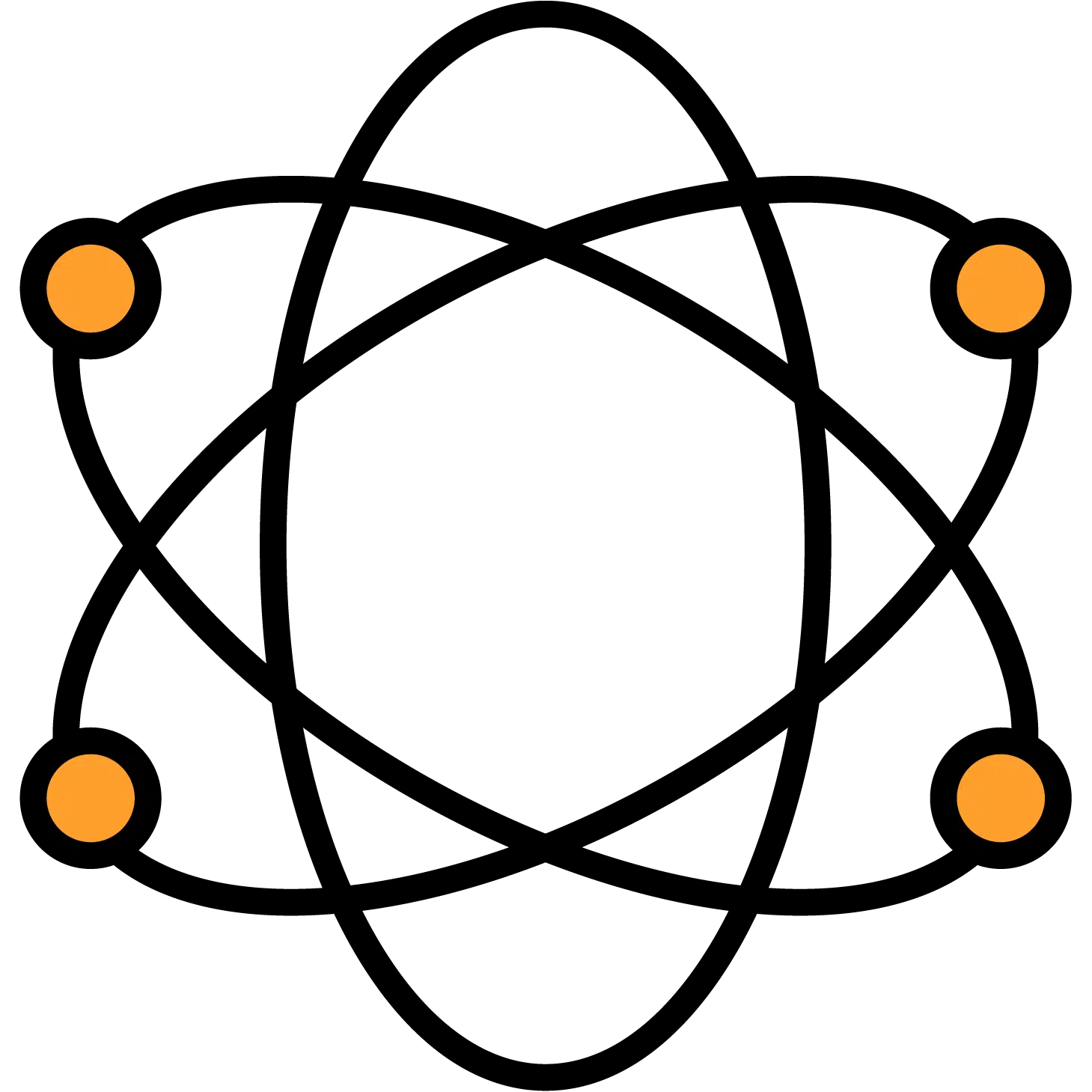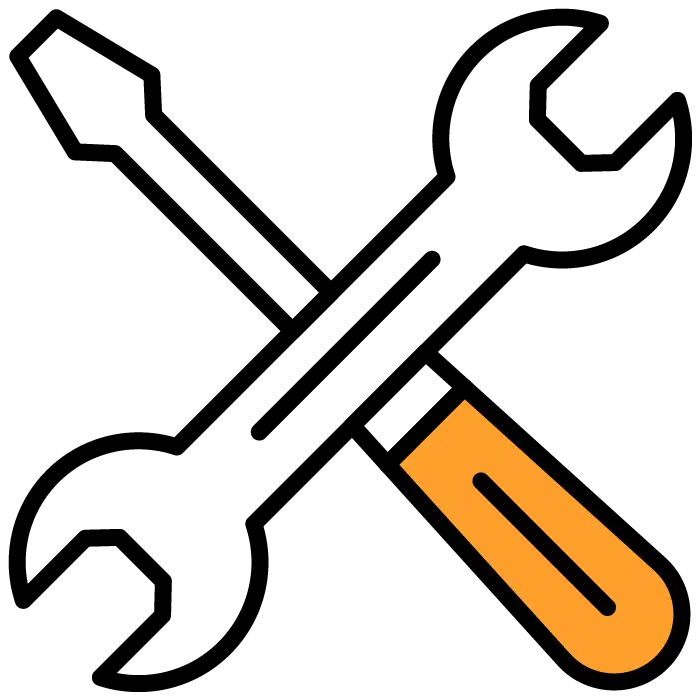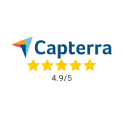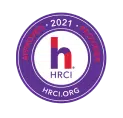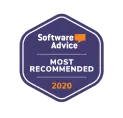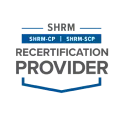The goal of every hiring manager is to find top talent during the recruitment and selection process. Each manager may tackle the talent selection process differently but they will all go through the same seven stages. Today, we take an in-depth look at each stage of the talent selection process.
What is the Talent Selection Process?
The talent selection process is seven stages that help companies find the best and most qualified candidates to fill open positions. It is important to note that this process is different than the recruiting process because recruiting happens first while talent selection happens after the recruiting effort.
Before the candidate selection process, the initial job requisition has been approved and you have created a detailed job description. Listed below is a closer look at each stage of the selection process.
1. Application
The first stage in the talent selection process is the application. Once the job has been approved and the job description posted, it is considered a live position. Announcing the position tends to be the most crucial part of the application process because if candidates do not know about the position they can not apply to be a team member!
Depending on the type of work experience, skills, and certification desired will depend on what platforms the position is announced. Many companies utilize social media platforms such as Facebook, LinkedIn, and Instagram while others use the community approach of attending local job fairs.
The application process is a crucial stage in the talent selection process because if candidates do not apply then you can not proceed with the selection process. The goal is to keep the application process as simple and efficient as possible. This is especially important because 60% of candidates will not finish an application if it is lengthy or there are complications.
2. Initial Screening
The second step of the process is to complete an initial screening. During this stage, the hiring manager will want to sort through the applications looking specifically at work experience, degrees or certifications, and other listed qualifications.
It is best to have a job description and a general list of what the perfect employee would look like while completing this stage. As you read through the resumes, purge unqualified candidates but do not toss out their information. You never know when a position will become available that would be a perfect fit for them.
Luckily for hiring managers everywhere, there is now software that can automate this process. The applicant tracking system or ATS is a great tool that collects applications, organizes candidates, and automates the hiring process. This software is a great way to increase efficiency in the talent selection process.
3. Interview
There is a variety of talent acquisition software that makes the interviewing process less time-consuming. One popular approach is to use one-way video interviewing.
Once a candidate has completed the application and is believed to be a good fit for the position you will want to schedule an interview. Some ATS programs can contact candidates and schedule interviews without the hiring manager having to make multiple calls to contact the candidate.
Playing phone tag with candidates is time-consuming, and there is finally a feature that simplifies the process. There is even an add-on feature that includes one-way video interviewing. This software allows you to send an interview link to your candidate.
The candidate will then open the link, read through the interview questions, and record themselves answering the questions that were provided. This can be done at their convenience. No more missed interviews, late arrivals, or interviews that exceed time restraints.
If you find that your interviewing process is inefficient, it can be easily improved with a feature like interview scheduling or one-way interviewing.
4. Pre-Employment Assessments
Once the screened candidates have completed the in-person interview (or one-way video interview!) they may be asked to complete a pre-employment assessment.
If you find yourself hiring for skilled positions, pre-employment assessments are a great help during the talent selection process. These can be skills tests, personality assessments, and more! The list of assessment topics is endless.
Oftentimes, managers will find that they have two excellent candidates for a position. The best way to make a final decision is to compare all notes including the employee assessments.
5. References and Background Check
One management tool that is making waves is the reference checker. Nearly 87% of business owners and hiring managers do not check references. Typically, this is due to time restraints but that is not the case anymore.
Automated reference checking takes away the hassle of tracking down references while also improving the likelihood of hiring top talent. It is important to receive feedback on candidates, especially from previous employers and coworkers. By having reliable feedback you can assure that you find the best candidate for the position.
When it comes to background checks, there is even an add-on that can be used with the applicant tracking system that will automate the background checks. The hiring team would simply tell the software what type of background check needs to be completed for each of the open roles available. No need to stress over compliance when we have software that can take these time-consuming tasks off our plates!
6. Final Selections
After the interviews are completed, references are checked, and backgrounds are cleared, it is time to look at each candidate as a whole. Gather their resume, notes, and any additional documents and compare the candidates that you believe may be a good fit for the position.
Once a decision has been made be sure to contact the candidate immediately. It has been reported that top talent leave the job market in less than 10 days. That means recruiters must move quickly to secure high-quality employees.
7. Offer and Onboarding
A job offer was made and the candidate accepted! Now is the time to bring them in to complete all necessary paperwork. During the onboarding process is the time to talk about details that may not have been mentioned in the interviewing process.
Topics such as getting paid, time off requests, setting up benefits, starting dates, etc. This is the time for you to tell the employee anything they need to know about how the company works. Make sure to let the employee know how to contact you in case questions arise after they leave the onboarding session.
Make sure to contact each person you have extended an interview invite – even if you are telling them that they did not get the position.. This is to maintain a healthy candidate experience because over 64% of job seekers say that a bad experience will deter them from not only applying to the company again but they will stop using the goods or services that the company produces.
We never know when a position will come available and a previously interviewed candidate will be a good fit. That is why the goal is to always have an excellent candidate experience!
Improve the Talent Selection Process
At Discovered, we offer a variety of software to assist in the selection process. Whether you need to improve the efficiency of the initial screening or if reference checks are bogging you down, Discovered has you covered!
Give us a call at (833) 332-8378 to speak with a member of our customer support team or simply book a demo online today!
